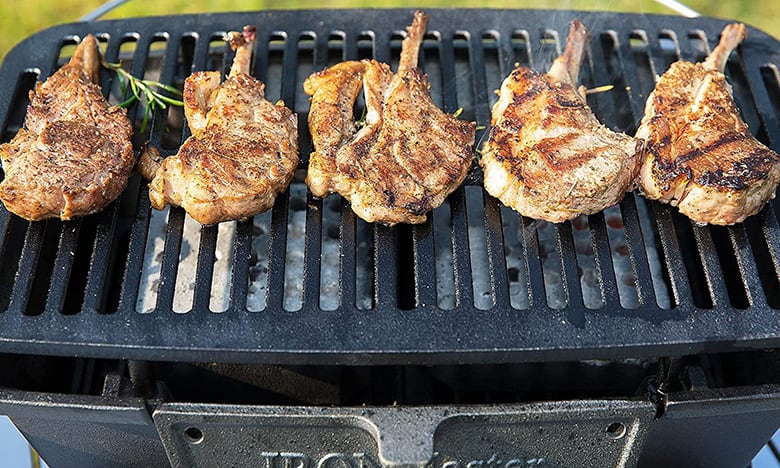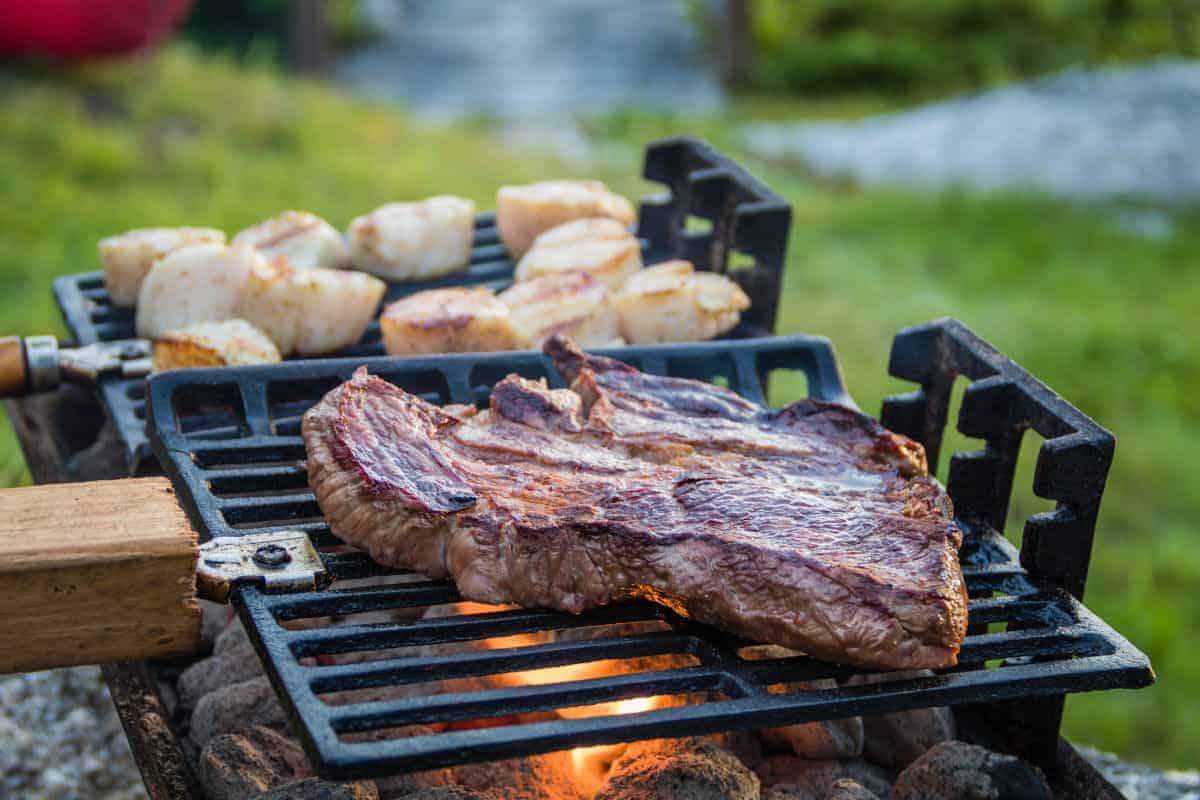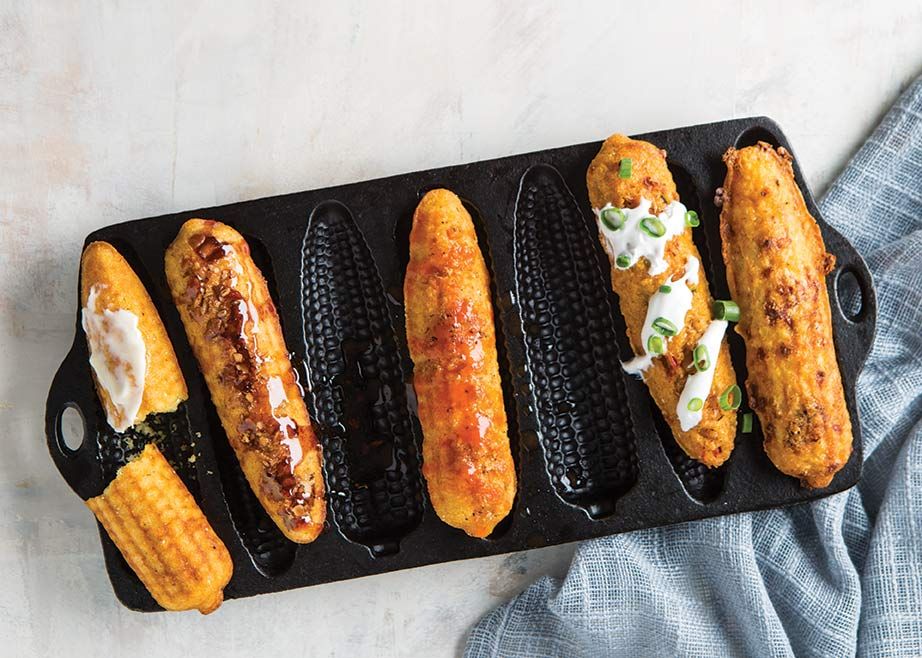Mastering the art of seasoning a cast iron cornbread pan is essential for anyone looking to achieve that quintessential crusty, golden-brown cornbread every single time. With the right technique, you can not only extend the life of your pan but also elevate the flavor of your cornbread. In this guide, well explore the intricacies of seasoning a cast iron pan, enabling you to unlock its full culinary potential. Ready to dive in?

Why Seasoning is So Important
Before you grab your cast iron pan, lets discuss why the seasoning process matters. Seasoning creates a non-stick surface while safeguarding your pan against rust and wear. This is particularly crucial for delicate recipes like cornbread, which you want to slide out seamlessly without leaving any behind.
A cast iron pan only gets better over time when its well-seasoned, providing outstanding cooking results. Dont underestimate the power of seasoning!
Materials Youll Need
Before you start the seasoning process, gather the following items: your cast iron cornbread pan, flaxseed oil (or any vegetable oil with a high smoke point), a clean cloth or paper towels, and a heat source, like your oven or stovetop.
Choosing the right oil is paramount. Flaxseed oil is a favorite among chefs due to its high smoke point and ability to form a resilient non-stick layer. However, other oils like vegetable or canola work wonderfully too.
Step-by-Step Guide to Seasoning
Step 1: Pre-clean Your Pan
Begin by washing your cast iron pan thoroughly with hot, soapy water and a scrub brush. This step is vital, especially if youre starting with a second-hand or older pan, as it removes any factory residue or previous seasoning. Rinse thoroughly and dry the pan with a towel.
Step 2: Apply the Oil
Pour a small quantity of your chosen oil into the pan. Using a clean cloth or paper towel, spread the oil over the entire surfaceboth inside and outside. Be sure every area has a light coat of oil, as excess can lead to a sticky finish.
Step 3: Heat the Pan
Preheat your oven to 375F (190C). Place the oiled pan upside down on the middle rack of the oven. Use a baking sheet or aluminum foil beneath it to catch any drips. Bake the pan for an hour, which allows the oil to bond with the iron. Afterward, let it cool in the oven.
This stage, referred to as polymerization, forms a protective layer on your pan. It's best to repeat this process 3 to 4 times to establish a solid foundation that will enhance both protection and cooking performance.
Maintaining Your Seasoned Pan
Remember, seasoning isnt a one-time affair; regular upkeep is essential to maintain its non-stick surface. Always handwash the pan using a gentle brush and steer clear of soap and dishwashers. Instead, dry it promptly after each use and rub a light layer of oil to keep the seasoning intact.
Proper Storage is Key
When storing your seasoned cast iron pan, avoid stacking any heavy cookware on top, as this can chip the seasoning. If its not used often, occasionally heat the pan and apply a thin coat of oil to keep it in prime condition.

FAQs
What oils can I use for seasoning?
While flaxseed oil is highly recommended, other vegetable oils with high smoke points, such as canola, sunflower, or standard vegetable oil, are also effective for seasoning.
How often should I season my cast iron pan?
The need for re-seasoning varies based on how frequently you use your pan. Regular use with appropriate care typically necessitates re-seasoning every few months. However, if you notice food starting to stick or the surface looking dull, its time for a fresh seasoning.
Can I use soap on my seasoned pan?
Its best to avoid soap as it can diminish the seasoning. Instead, opt for hot water and a soft brush to clean.
With these tips and guidelines, youre well-equipped to master the seasoning of your cast iron cornbread pan. For further culinary delights, check out our article on maintaining your aebleskiver pan and discover new ways to enjoy your cooking experiences. For scrumptious recipes, don't miss out on this Moroccan Chicken Tagine.
This article contains affiliate links. We may earn a commission at no extra cost to you.






Leave a comment
This site is protected by hCaptcha and the hCaptcha Privacy Policy and Terms of Service apply.